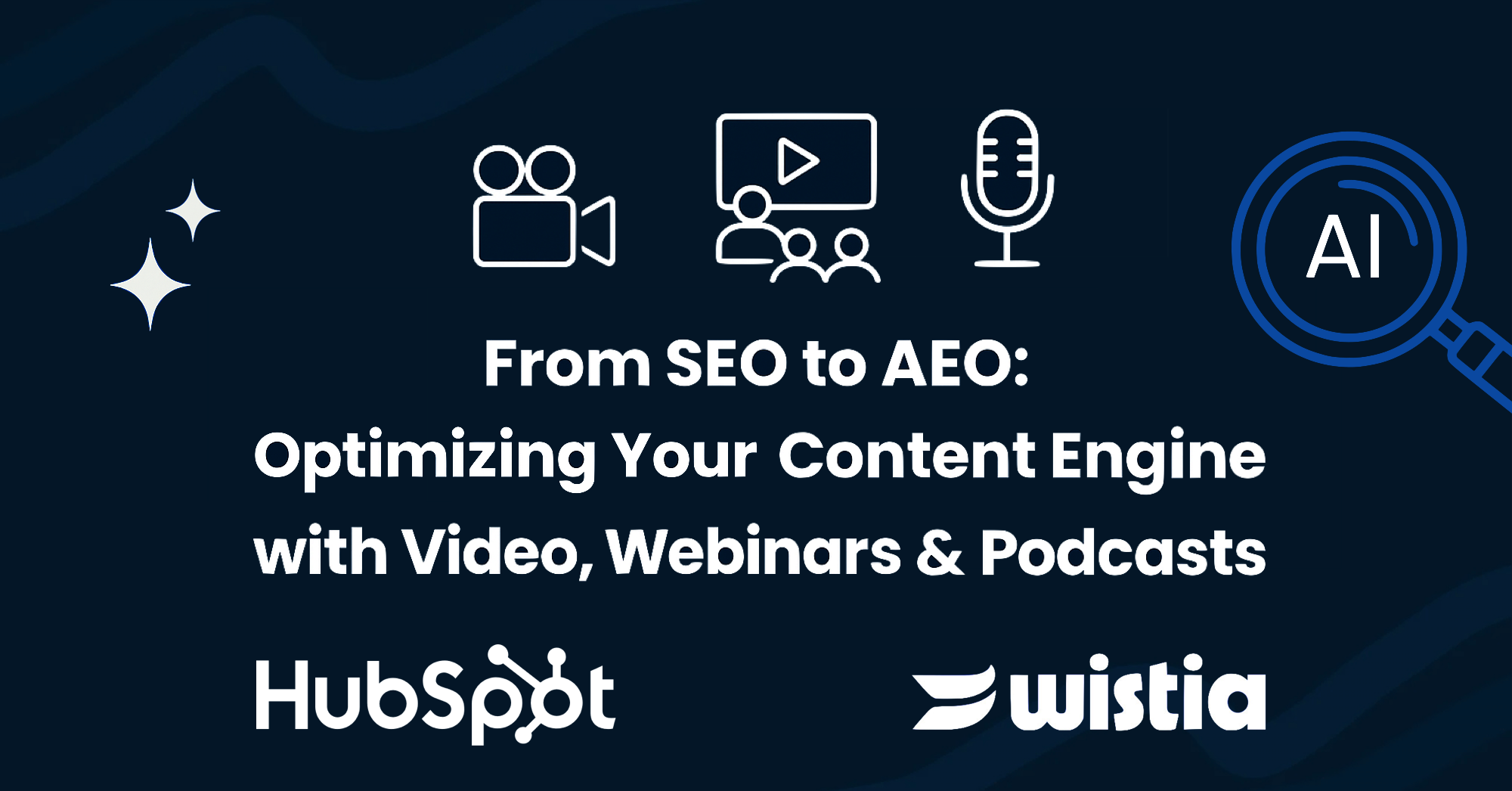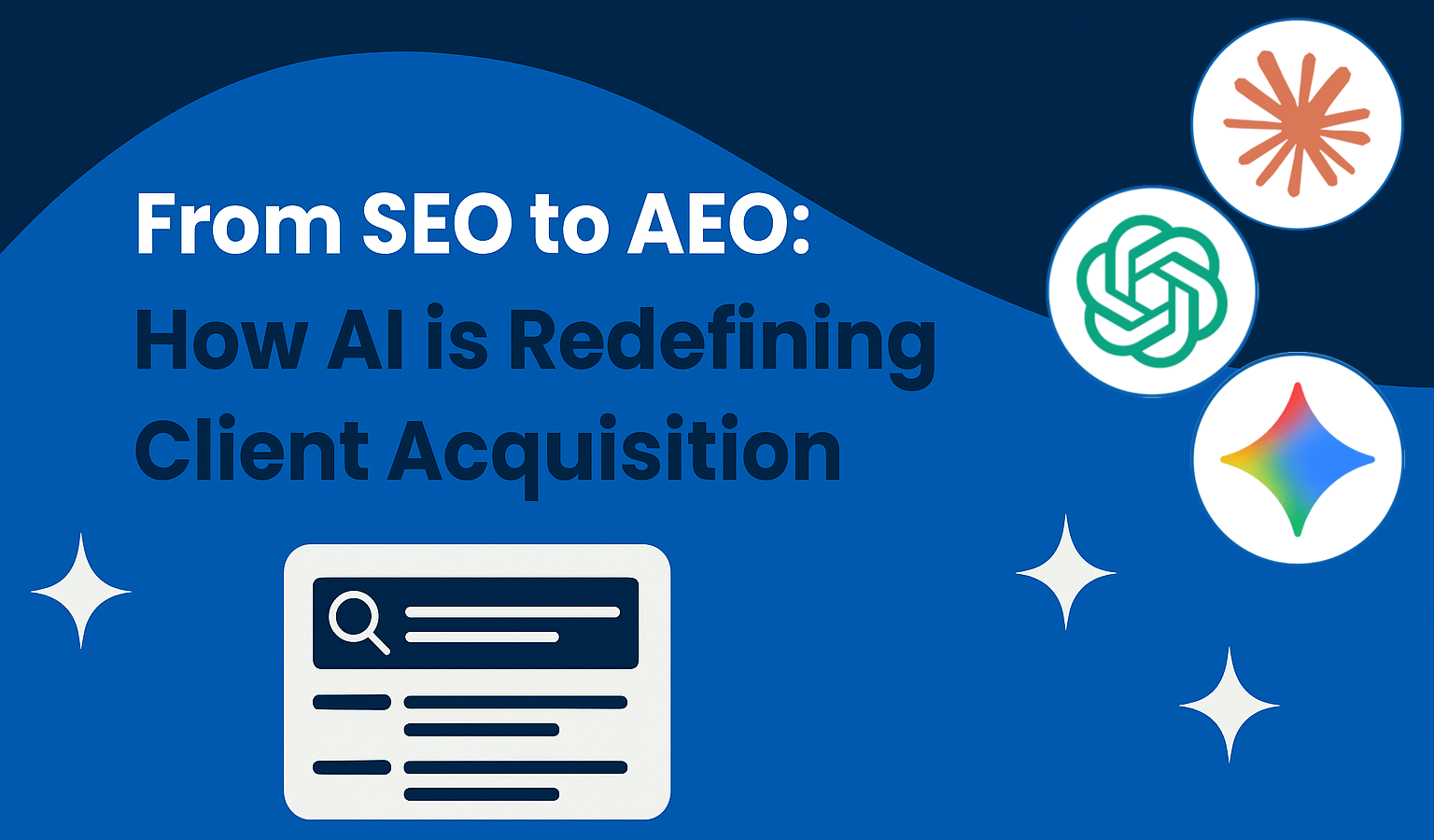Now that your website is growing and you’ve got steady traffic coming in, it’s time for the third step in the inbound marketing methodology: closing your qualified leads into customers.
Related Blog: Why Passing the Inbound Sales Certification is the Best Thing You Can Do in Less Than 4 Hours
The first thing to remember is that not all leads are created equally. It’s not just about the quantity of your leads, but also the quality of them. Identify where these leads are located in their buyer’s journey, then spend the majority of your time following up on your best leads. These are typically the ones that are moving through the sales funnel and are closer to the bottom of it. For example, leads that have filled out more than one form on your website are more likely to be better qualified leads, but don’t completely ignore those less qualified leads. While they might not be ready to buy right now, they could be in the future. A good way to nurture these leads is through an email workflow, that way you maintain contact with them through marketing automation and when they are ready to buy you’re at the top of their mind.
At its heart inbound marketing is about creating value for your leads and customers. If you’re creating relevant, useful, and educational content you’re taking the hard work out of selling by keeping customers informed about your product or industry. Your leads will want to hear from you again since you are creating value for them by providing helpful, educational content that resonates with their specific needs and goals. It is important to segment and nurture your leads differently. For example, a lead who downloads a guide on your website should get a different email from someone who schedules a tour with you or asks for pricing information.
Efficiency of your Current Marketing Strategies
The next step is to look at how efficiently you are closing customers. What is the conversion rate on your landing pages? How effective are your emails? Are they receiving good open and click through rates? A good idea would be to find out what your least effective outbound marketing strategy or tool is and get rid of it, then focus that time and those resources on implementing an inbound strategy. Measure those results for about 3-6 months and you’ll probably find them more successful, and less expensive, than the dated outbound tactics.
Be careful not to ask too many questions, as your visitor might not ever become a lead. You always want to be helpful, not pushy. Are they more at the top of the funnel? If they are, try offering a download of a more general content offer, such as floor plans or an easy guide to something in your industry or field. You want to meet leads where they are in the funnel and give them content they are looking for.
What is a CRM and Why Your Sales Team Needs it
While HubSpot is most commonly known for their marketing tool, they also have develop a fantastic free CRM (customer relation management) system. A CRM allows you to centralize all of the information you have on your leads and customers which helps you efficiently find out which strategies or campaigns are working for you, and which leads you should invest time in.
At the same time, you can easily track your emails, calls, and meetings. You can record calls for training purposes, run projections on your sales efforts and create reports on the status of each opportunity to understand where they are in the sales funnel. For those leads you haven’t had the opportunity to close yet, setting up a an email workflow is a great way to keep sending out personalized and timely emails to re-engage and bring them back to the website, moving them through the funnel.


-1-1.png)


